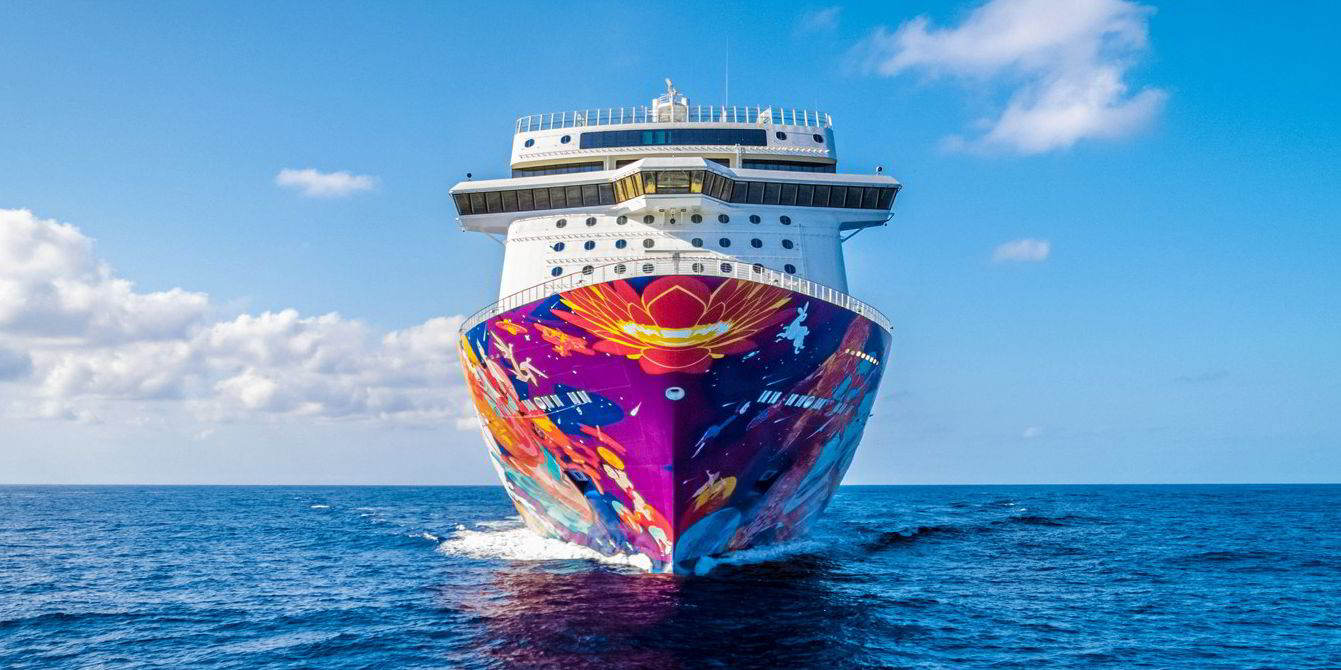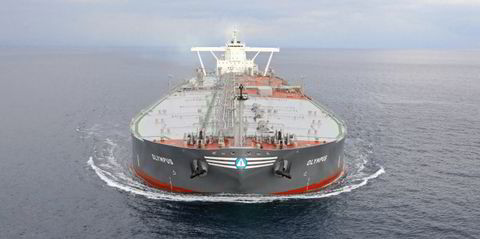It is easy to attribute the financial woes of Genting Hong Kong to the pandemic that has devastated the cruise industry. But the seeds of its downfall sprouted long before the virus emerged.
A deep dive into the Hong Kong-listed company’s financial records over the past two decades reveals that numerous annual losses, combined with a rapid, multi-faceted expansion, left it in a precarious position and unable to withstand the shock when Covid-19 struck two years ago.
When Genting announced on 19 January this year that it had filed a winding-up petition with the courts in Bermuda, it blamed banks and a German court for frustrating its efforts to unlock much-needed funds for its survival.
It said it had no access to further liquidity under any of its debt documents and its available cash balances were expected to run out around the end of January.
To some industry sources, this came as no surprise.
The cruise giant was losing money in the years before the pandemic hit, when all the other majors were minting it.
It reported net losses totalling $2.02bn in 13 of its 20 financial years between 2000 and 2019.
The only consistent period of profitability occurred in the six years from 2010 to 2015, with a cumulative net profit of $3.65bn reported.
But the bulk of that profit did not come from Genting Hong Kong’s cruise operations. The company incurred operating losses in three of those six profitable financial years.
Instead, more than $2.6bn of the $3.65bn cumulative profit came from gains on the gradual sell-down of its 50% stake in New York-listed Norwegian Cruise Line Holdings (NCL).

Flush with cash from its exit from NCL, Genting gave renewed attention to its cruise operations in Asia, where it operated six ships under the Star Cruises brand.
In 2013, two 150,000-gt vessels costing $960m each were ordered at Meyer Werft in Germany.
That was the beginning of a rapid expansion that reached full steam in 2015 when Dream Cruises, a premium Asian brand, was launched to operate the newbuildings.
That same year, Genting splashed out $550m to buy US luxury cruise operator Crystal Cruises. Immediately after that, Crystal signed a letter of intent to build three 100,000-gt vessels at Germany’s Lloyd Werft, a Bremerhaven shipyard that Genting Hong Kong would buy a few months later for $38m.
A further move into the cruise ship construction business came in early 2016 when the company splashed out $259m to buy Nordic Shipyards, which owned three yards in Germany’s north-eastern state of Mecklenburg-Vorpommern.
Nordic was rebranded as MV Werften and a further $110m was pumped in to equip it to build large cruise ships.
Then the in-house orders started to flow in. Two 201,000-gt Global-class vessels were ordered for Dream. Similar-sized ships were planned for Star, while expedition and river cruise ships were ordered for Crystal.
Impressive as these investments may have been, they came at a hefty cost. Plummeting into the red in 2016, Genting lost a combined $1.27bn over the next four years.
Cash and cash equivalents were also declining rapidly, falling from $1.15bn in 2017 to $595.1m by 2019.
As the cash pile shrank, borrowings grew. Genting’s debt stood at $1.89bn in 2017, with its net gearing at 16.2%, but by 2019, this had grown to $2.74bn, with net gearing rising to 49.3%.

Genting was not in a good position when the pandemic hit.
It reported a net loss of $1.63bn for its 2020 financial year, while cash and cash equivalents amounted to just $217m against debt of $3.38bn. Its gearing reached 114.5%.
In a move to shore up its finances just as the pandemic broke out, Genting concluded a $900m sale-and-leaseback transaction for the 150,700-gt Genting Dream (built 2016) with a consortium of four Chinese leasing companies. The funds received were partly used to repay the outstanding balance of $502m of the existing bank loan for the ship.
In June 2021, Genting revealed that it had reached a restructuring deal with its creditors and stakeholders. This included financial aid from the German government, along with other German loan facilities.
For the six months to 30 June 2021 — the last set of results Genting has issued — its net loss had been slashed to $238.3m from the $742.6m loss reported for the same period in 2020.
The company indicated that the restructuring measures had put it on a much stronger footing. But that changed when a German court vetoed a vital loan facility.
This article continues here:
Shipyards the catalyst of Genting Hong Kong’s move into liquidation







